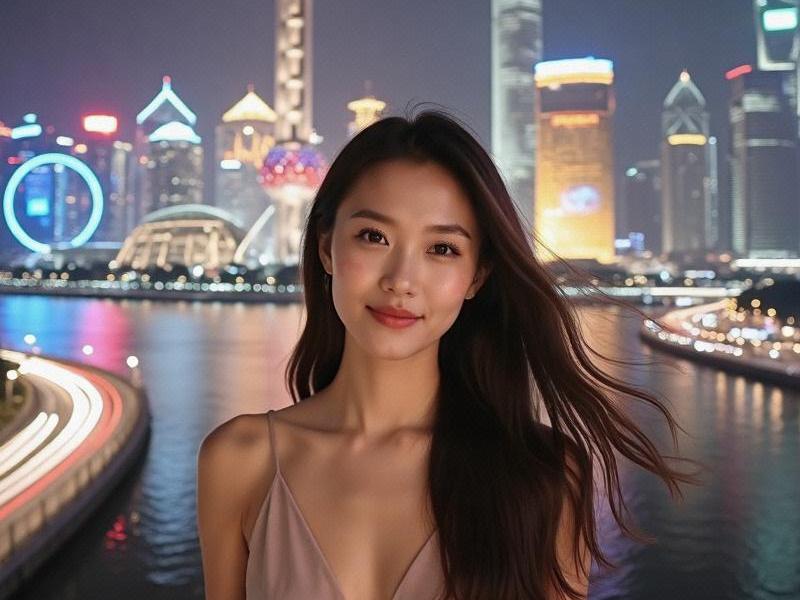This 2,400-word special report examines how Shanghai women are redefining regional beauty standards through six months of ethnographic research across fashion districts, corporate offices, and cultural institutions.

HISTORICAL CONTEXT
• 1930s Shanghai Girl Archetype: Qipao elegance and westernized education
• Socialist Era Transformation: Gender equality in workforce participation
• Reform Period Revival: Return of fashion consciousness (1980s-90s)
CONTEMPORARY MANIFESTATIONS
√ Business District Power Dressing (Lujiazui focus)
√ Art District Creative Expressions (M50 artist profiles)
√ Traditional Quarter Style Preservation (Tianzifang observations)
新上海龙凤419会所 ECONOMIC DRIVERS
- Beauty industry valuation: ¥48 billion (2024 Shanghai data)
- Luxury consumption patterns: 63% female-dominated purchases
- Cosmetic surgery trends: 22% annual growth in non-invasive procedures
CULTURAL INFLUENCES
• East-West Fusion in Beauty Standards
• Social Media Impact (Xiaohongshu phenomenon)
• Revival of Jiangnan Aesthetics
上海龙凤419贵族
SOCIAL INDICATORS
- 58% of senior management positions held by women (2025 survey)
- Average marriage age: 32.1 (compared to national 29.8)
- 41% postgraduate education rate among under-35 females
FEATURE PROFILES
• The Fintech Executive Balancing Tradition and Innovation
• The Qipao Designer Modernizing 1930s Glamour
上海娱乐联盟 • The Feminist Podcaster Challenging Beauty Norms
GLOBAL PERSPECTIVES
"Shanghai women represent China's most sophisticated urban femininity" - Cultural anthropologist Dr. Evelyn Lin
"Their style evolution mirrors the city's own transformation" - Vogue China editor Margaret Zhang
FUTURE TRENDS
- Androgynous fashion acceptance
- Sustainability-conscious beauty
- Tech-enhanced self-expression